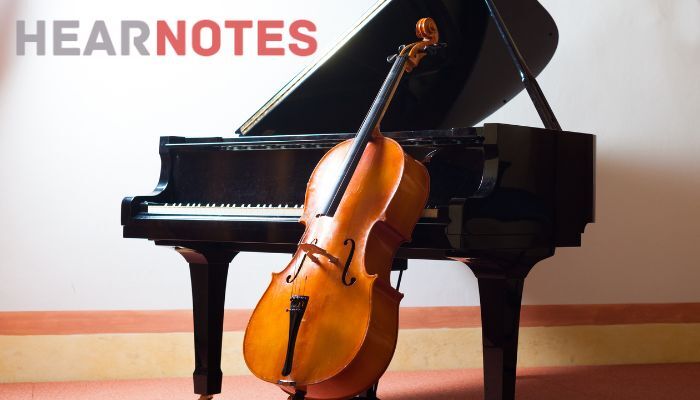You must have listened to a piece of classical music, opera, or any music that blew your mind, right? If, yes then you’ve encountered the realm of what is art music or classical music. So, now it’s time to dive more into art music and its exceptional masterpieces.
In this article, I will explore the characteristics, evolution, and significance of classical music in our life. I will shed light on its enduring legacy. So, let’s delve into the form what is classical music.
What is Art Music: Characteristics
Art music, often called classical music or serious music, is a genre that has lured audiences for centuries. It is a form of musical expression that goes beyond entertainment, diving into the depths of human emotions and intellectual exploration.

Classical music is known for its complexity, depth, and soothing compositional techniques. It features intricate melodies, harmonies, and counterpoint. Unlike popular music, which tends to focus on immediate appeal and commercial success, classical music seeks to explore a wide range of emotions and intellectual depth.
Evolution of Art Music
Art music has its roots back to ancient civilizations, with special contributions from ancient Greece and Rome. Over the centuries, it evolved through various periods. Each period brought new stylistic elements, compositional techniques, and cultural influences, shaping the diverse landscape of classical music.
Significance and Influence of Classical Music
The significance of art music lies in its lasting impact on the world of music. It serves as a source of inspiration for both musicians and audiences for its mind-blowing effects. Therefore, the works of brilliant composers like Bach, Mozart, Beethoven, and Wagner have become timeless masterpieces for their artistry and heart-piercing ability. And hence left a significant mark on the musical landscape, serving as touchstones for future generations.
Classical music has also influenced other genres, such as film scores, contemporary classical, and even popular music. As a result, its powerful legacies are still heard in the compositions of modern-day composers who continue to push the boundaries of musical expression.
Appreciation and Accessibility of Art Music
Appreciating art music doesn’t require an extensive musical background. Concert halls, educational programs, and online platforms provide opportunities for individuals of all backgrounds to experience and enjoy music.
By attending concerts or listening to recordings, one can immerse themselves in intricate compositions and emotionally charged performances. Moreover, the beauty and emotional depth of classical music are meant to be shared and enjoyed by all.
Classical music has the power to arouse a wide range of emotions. From the haunting melodies of a Mozart symphony to the triumphant fanfare of a Beethoven symphony, art music can transport listeners to different emotional landscapes. It has the power to inspire awe, evoke sadness, or ignite feelings of joy and triumph.
Conclusion
In conclusion, art music is a genre that reflects a rich sound of emotions, intellectual depth, and musical craftsmanship. It invites listeners to be on a journey of contemplation and profound musical experience. Its intricate compositions, timeless melodies, and profound expressions have transcended time and continue to resonate with audiences around the world.
From the grandeur of symphonies to the intimacy of chamber music, art music touches the soul and connects us to the timeless beauty of human creativity. So, the next time you listen to classical music, let your soul get swayed away by the melodies and harmonies of the music. And discover the immense power it holds to inspire, uplift, and stir the depths of your emotions.